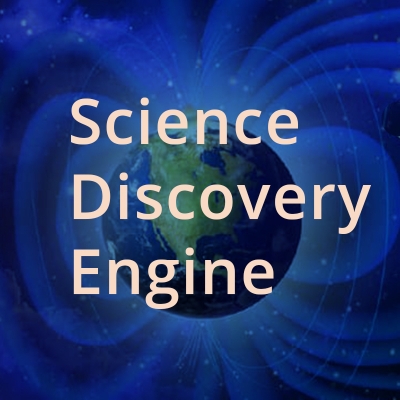The past decade has witnessed an explosion in the launch of privately-owned, commercial Earth-observing (EO) satellites. One company, Planet, alone has a fleet of active satellites that number over 200. In 2021, a single launch of a SpaceX Falcon rocket delivered 143 payloads into orbit. NASA still maintains and is expanding an extensive array of its own EO satellites; however, through the Commercial Smallsat Data Acquisition (CSDA) Program, NASA is also making substantial amounts of privately-acquired data available to researchers.

Commercial companies are collecting data at very high spatial and temporal resolutions and have large volumes of data available. These data are often at quality comparable to government satellite mission data but have not been widely used in scientific research due to purchase costs and data sharing concerns. The CSDA Program is making this rich data available to the scientific community by evaluating commercial satellite data that compliments NASA Earth science research and application goals and acquiring the data through licensing agreements that alleviate many of these issues.
The CSDA Program has developed an entirely cloud-native data system. This means data is provided from commercial vendors to a NASA-managed AWS environment and remains there throughout the entire lifecycle of data use. The CSDA Program has established sustainable data management processes including making these data available to the broader research community and supporting long-term preservation of the data to ensure scientific reproducibility.
The data system is primarily constructed of open source software and specifications. The SpatioTemporal Asset Catalog (STAC) metadata specification is used as a lightweight means for indexing the data during a transition phase in which the data are made ready for broad use. The team accomplishes this using leading-edge tools, such as stac-fastapi and PGStac. Additionally, team members Tammo Feldmann and David Bitner are working on an extension to both of those tools (and the existing STAC ecosystem) that supports spatial and temporal aggregation.
Several NASA Earth Science Data and Information System (ESDIS) Project systems are utilized for long-term preservation activities including the Metadata Management Tool for generating collection metadata which are posted to NASA’s Common Metadata Repository. The NASA Cumulus system is utilized for data ingest and archive, and data are discoverable and accessible through the SmallSat Data Explorer. The pyQuARC tool, developed by IMPACT, is used to monitor the quality of the metadata provided by commercial vendors. The use of pyQuARC for CSDA efforts helped accelerate the deployment of pyQuARC as a cloud service.

High resolution EO data provides new avenues for research and has been shown to improve operational systems. The CSDA Program and the Smallsat Data Explorer increase access to the same datasets used by the U.S. Air Force and the European Centre for Medium-Range Weather Forecasts to maintain and improve weather forecasts using radio occultation soundings after a drop off of data gathered by commercial flights during the height of the COVID-19 pandemic when fewer planes flew regularly. Maxar data accessed through the CSDA Program underlie a recent study that proposed a method for “wall-to-wall identification of non-forest trees… in the West African Sahara, Sahel and sub-humid zone” as a way of attaining better understanding of dryland ecosystems and how they are affected by human activities.
These are but two examples of the added value the commercial data brings to scientific research and applications. Many more will likely be revealed in the coming years.
More information about IMPACT can be found at NASA Earthdata and the IMPACT project website.



